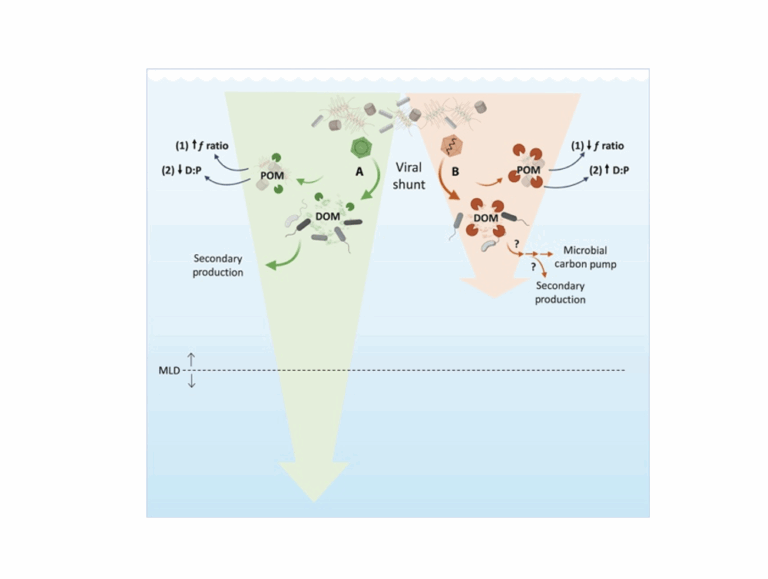Hebrew University develops terahertz microchip: 100 times faster

After three years of research, the physicist Julie Levy of the Hebrew University of Jerusalem (HU) and his team invented a new chip technology.
This type of device, called a terahertz microchip, allows our computers and all optical communication devices to operate at faster speeds. hsmp-389r
So far, two major challenges have hampered the manufacturing of terahertz microchips, namely overheating and scalability.
However, this week in a paper published in the “Laser and Optoelectronics Review”, the head of the Nano-opto Group, Professor Emeritus Joseph, demonstrated the concept of a new optical technology, the optical technology concept of optical communication speeds and Electronic product reliability and manufacturing scalability.
Optical communications include all technical devices that use light and transmit through optical fibers, such as the Internet, e-mail, text messaging, telephony, cloud, and data centers. lm4668ld
The speed of optical communication is very fast, but in microchips, they become unreliable and difficult to replicate in large numbers.
Now, Levy and his team used a metal-nitride-silicon nitride (MONOS) structure and discovered a new integrated circuit that uses flash memory technology.
If successful, this technology will increase the speed of the standard 8–16 GHz computer by 100 times and will bring all optical devices closer to the terahertz chip.
As Dr. Uriel Levy shared, “this finding will help fill the ‘THZ gap’ and create new and more powerful wireless devices that can transmit data at higher speeds than they currently are.”
In the high-tech field, this is a technology that changes the rules of the game.
The project’s Meir Grajower added that “it is now possible to make any optical device with the precision and cost-effectiveness of flash technology.
Source Medium Corporation
Publication in Laser and Photonics Review, March 15th 2018





